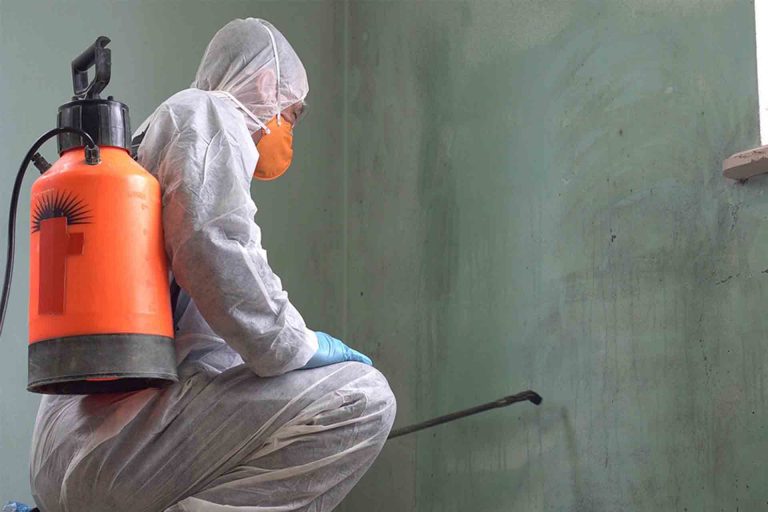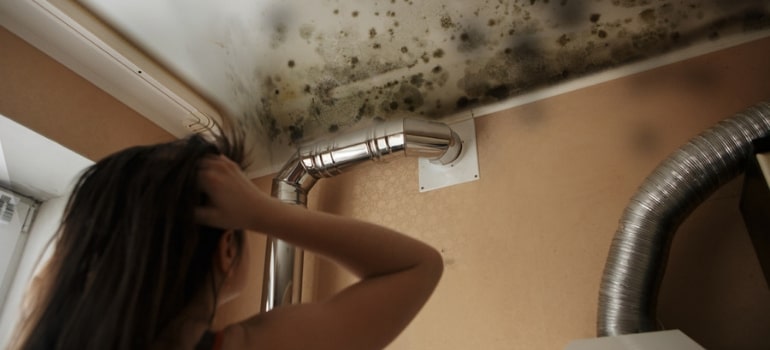Mould Removal
Mould is notorious for destroying buildings if left unchecked. Worse yet, studies show that it can harm your physical health and lead to chronic illness.

- Class A moulds can cause infections or damage either through direct inhalation of spores or through toxins they produce.
- Class B moulds are known to cause allergic reactions over prolonged exposure.
- Class C moulds have no known health effects or allergic reactions in humans, but may still cause structural damage if left unattended.
Within these three categories, numerous types of mould in a variety of colours exist, though some are more relevant to homeowners than others. Toronto mould removal can be tricky, so here is a quick primer on some of the more common moulds that detection and removal services in Toronto often have to deal with.
How is mould growth detected?
There are specific sites where the likelihood of mould growth is increased: basements, attic walls, insulation, ceilings, wooden joists near pipe condensation, leaking air conditioning units, broken windows or frames, foundation cracks, under-sink linoleum where there are leaks, underneath moist carpeting, under wallpaper and wall paneling, and more.
